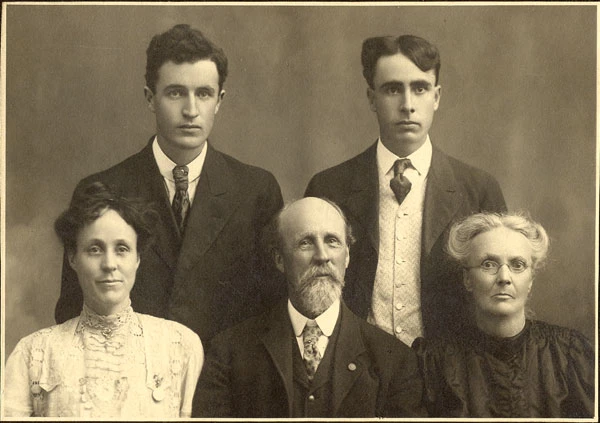27 million ancestors comprise the largest ever human family tree
Why intense thought for several hours can cause mental fatigue / Robots pick up household chores by observing people
Human genetic research has made extraordinary strides over the past two decades, generating genomic data for hundreds of thousands of individuals, including thousands of prehistoric people. This raises the exciting possibility of tracing the origins of human genetic diversity in order to create a comprehensive map of how individuals around the world are related.
Prior to this point, the primary obstacles to achieving this vision were figuring out a method to combine genome sequences from numerous databases and developing algorithms to manage data of this size. Researchers from the Big Data Institute at the University of Oxford have published a new method that can easily combine data from multiple sources and scale to accommodate millions of genome sequences.

27 million ancestors comprise the largest ever human family tree (Illustrative image).
Dr Yan Wong, an evolutionary geneticist at the Big Data Institute, and one of the principal authors, explained: "We have basically built a huge family tree, a genealogy for all of humanity that models as exactly as we can the history that generated all the genetic variation we find in humans today. This genealogy allows us to see how every person's genetic sequence relates to every other, along all the points of the genome."
Since each genomic region is only inherited from one parent, either the mother or the father, the ancestry of each point on the genome can be represented as a tree. The set of trees, also known as a "tree sequence" or "ancestral recombination graph," connects genetic regions to ancestors where the genetic variation first appeared in the past.
Lead author Dr Anthony Wilder Wohns, who undertook the research as part of his PhD at the Big Data Institute and is now a postdoctoral researcher at the Broad Institute of MIT and Harvard, said: "Essentially, we are reconstructing the genomes of our ancestors and using them to form a vast network of relationships. We can then estimate when and where these ancestors lived. The power of our approach is that it makes very few assumptions about the underlying data and can also include both modern and ancient DNA samples."
The study included 3,609 individual genome sequences from 215 populations and combined information on both contemporary and prehistoric human genomes from eight different databases. The ancient genomes included samples from all over the world with ages ranging from one thousand to over one hundred thousand years. The algorithms predicted where in the evolutionary trees common ancestors must be present in order to explain the patterns of genetic variation. Almost 27 million ancestors were contained within the resulting network.
After adding location information to these genome samples, the authors utilized the network to estimate where the predicted common ancestors had lived. The results accurately reconstructed significant events in human evolution, including the migration out of Africa.
Although the genealogical map is already a remarkably comprehensive resource, the research team intends to make it even more so by continuously incorporating genetic data as it becomes available. The dataset could easily accommodate millions of additional genomes because tree sequences store data in a very effective manner.
"This study is laying the foundation for the next generation of DNA sequencing," said Dr. Wong. We will eventually be able to create a single, unified map that explains the descent of all the modern human genetic variation as the quality of genome sequences from both modern and ancient DNA samples improves.
Dr. Wohns continued, "Although this study focuses on humans, the methodology is applicable to the majority of living things, including orangutans and bacteria. The ability to distinguish between genuine associations between genetic regions and diseases and fictitious ones resulting from our common ancestry could be especially helpful in the field of medical genetics.
Journal Reference: Anthony Wilder Wohns, Yan Wong, Ben Jeffery, Ali Akbari, Swapan Mallick, Ron Pinhasi, Nick Patterson, David Reich, Jerome Kelleher, Gil McVean. A unified genealogy of modern and ancient genomes. Science, 2022; 375 (6583) DOI: 10.1126/science.abi8264
End of content
Không có tin nào tiếp theo
